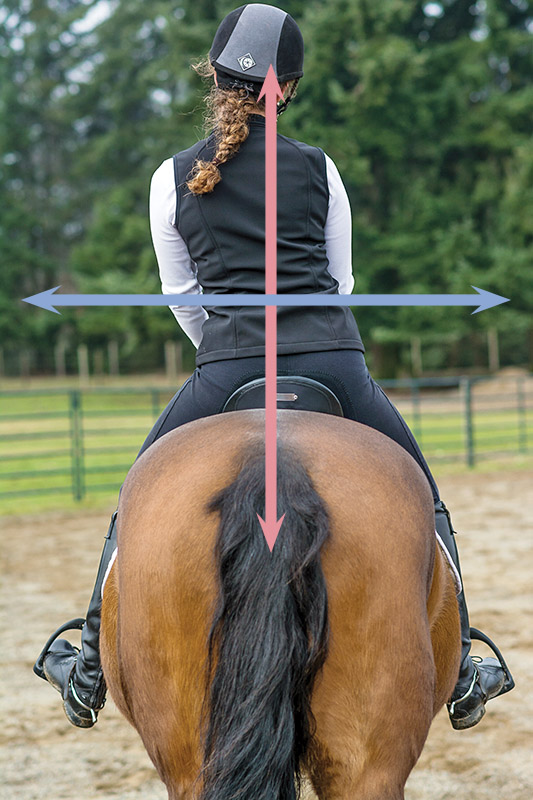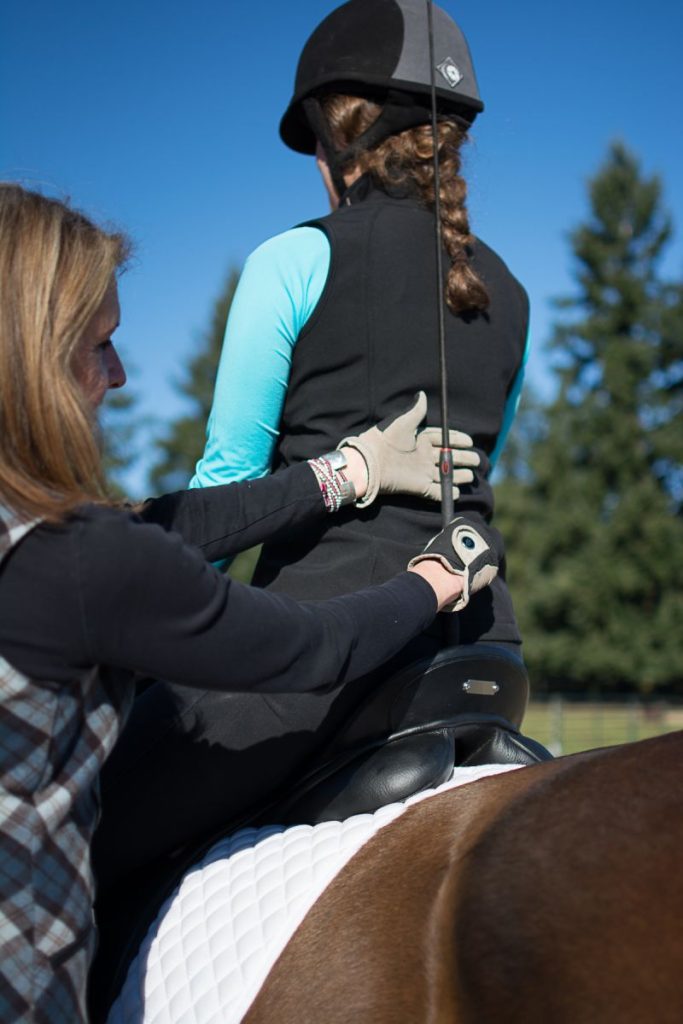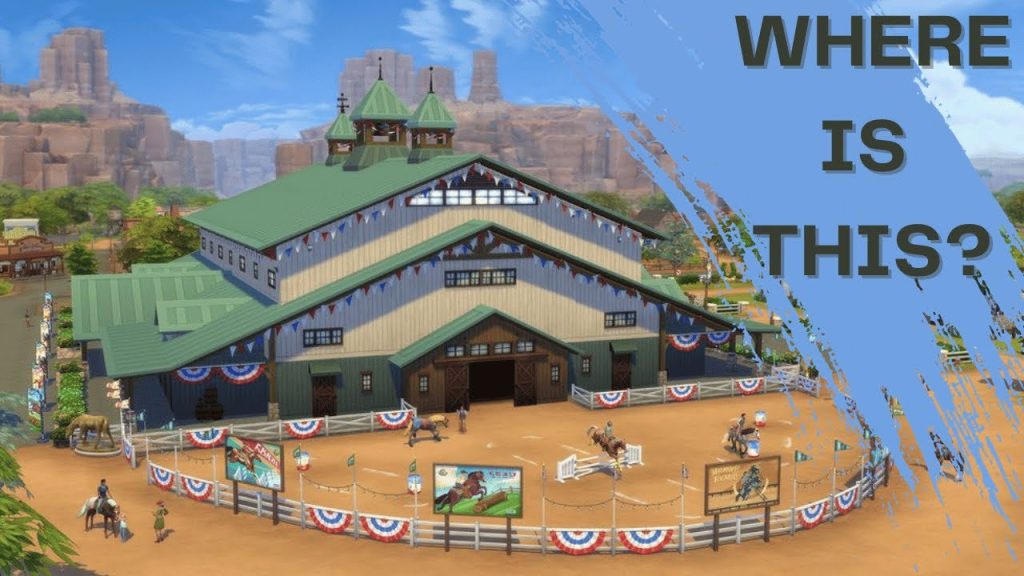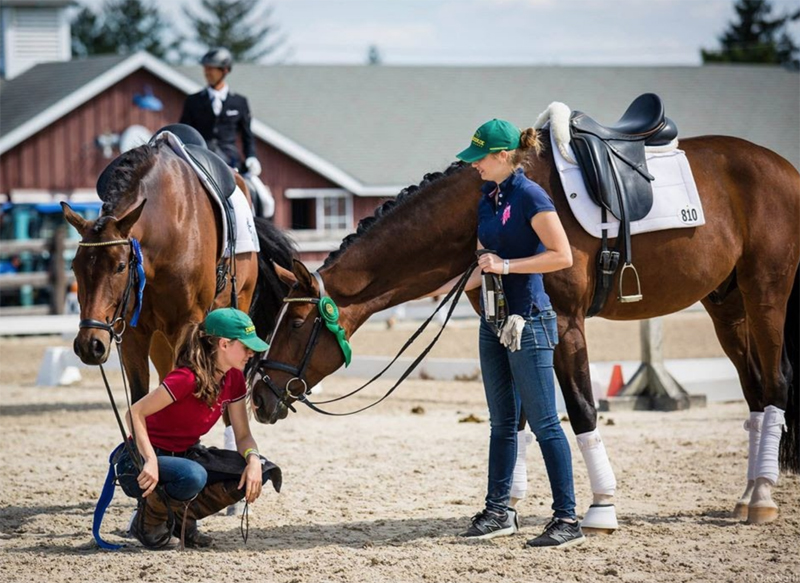Improving your equestrian skills takes dedication and practice. With the right approach, you can see significant progress.
Equestrian activities are both thrilling and challenging. Whether you’re a beginner or an experienced rider, there’s always room for improvement. From refining your riding techniques to understanding your horse better, each step forward enhances your overall experience. This guide will help you identify key areas to focus on and provide practical tips to boost your skills.
So, get ready to elevate your equestrian journey and enjoy every moment in the saddle.

Credit: www.horsejournals.com
Setting Goals
Setting goals is a critical part of improving in equestrian sports. It provides direction and helps measure progress. Both short-term and long-term goals are important. They keep riders motivated and focused. Goals also help identify areas needing improvement.
Short-term Objectives
Short-term objectives are the small steps towards your main goal. They are specific, measurable, and achievable within a short period. Examples of short-term objectives include:
- Improving your posture in the saddle
- Mastering a new riding technique
- Increasing your horse’s stamina
These goals keep you engaged and provide quick wins. They also build confidence and improve skills gradually. Regularly review these objectives to ensure progress.
Long-term Aspirations
Long-term aspirations are your big-picture goals. They require more time and effort but offer greater rewards. Examples of long-term aspirations include:
- Competing in a major equestrian event
- Training your horse for advanced dressage
- Becoming a professional equestrian coach
These goals provide a clear vision and keep you committed. Break them into smaller tasks to make them manageable. Track your progress and adjust as needed. Celebrate milestones to stay motivated.

Credit: www.youtube.com
Proper Riding Gear
Equestrian activities demand the right gear for both safety and performance. The correct riding gear ensures you stay comfortable, protected, and in control. Whether you are a beginner or an experienced rider, proper equipment is essential.
Essential Equipment
A well-fitted helmet is crucial for protecting your head. Always choose a certified riding helmet. Riding boots with a small heel prevent your foot from slipping through the stirrup. Gloves improve your grip on the reins and protect your hands. A well-fitted saddle and bridle ensure both you and your horse are comfortable.
Safety Considerations
Always prioritize safety when choosing your riding gear. Ensure all equipment is in good condition. Regularly check for wear and tear. Replace any damaged items immediately. Use reflective gear if riding in low light conditions. This ensures you and your horse are visible to others.
Training Regimen
A well-structured training regimen is crucial for improving your equestrian skills. Regular practice and a planned schedule ensure steady progress. This section will guide you through creating an effective training regimen. Focus on key aspects like daily practice and weekly schedules.
Daily Practice
Daily practice is essential for both rider and horse. It builds muscle memory and strengthens the bond. Allocate specific time each day for riding and exercises.
- Warm-up: Start with a 10-minute walk or trot.
- Drills: Practice key skills like jumping or dressage.
- Cool-down: End with light walking or stretching.
Keep sessions short but consistent. Aim for 30 to 45 minutes daily. This prevents burnout and keeps the horse motivated.
Weekly Schedules
A weekly schedule provides structure and variety. It helps track progress and ensures balanced training.
| Day | Activity |
|---|---|
| Monday | Flatwork and basic drills |
| Tuesday | Jumping exercises |
| Wednesday | Trail riding for relaxation |
| Thursday | Dressage practice |
| Friday | Conditioning and strength training |
| Saturday | Combination of activities |
| Sunday | Rest day |
Adjust the schedule based on your goals and horse’s needs. Include rest days to prevent fatigue.
With a consistent training regimen, improvements are inevitable. Both rider and horse will develop better skills and a stronger connection.
Riding Techniques
Improving your equestrian skills involves mastering various riding techniques. These techniques help you build a better connection with your horse. The two most important aspects are posture and balance, and control and communication.
Posture And Balance
Good posture is crucial for effective riding. Sit up straight, yet relaxed. Your shoulders should be back but not tense. Keep your head up and eyes forward. This helps you stay balanced on the horse.
Your legs play a key role too. Keep your heels down and toes pointed slightly outward. This gives you better grip and stability. Remember, a balanced rider helps the horse move more freely.
Control And Communication
Effective control and communication with your horse are essential. Use gentle, clear signals to guide your horse. Your reins should be held firmly but not too tight. Pulling too hard can confuse and upset your horse.
Use your legs and body to give directions. Slight pressure from your legs can signal your horse to move forward or turn. Your voice is another tool. Soft, calm words can soothe and guide your horse.
Consistency is key. Always use the same signals for the same commands. This builds trust and understanding between you and your horse.
Horse Care
Horse care is essential for improving equestrian skills. A healthy and happy horse performs better. Proper care involves many aspects. Nutrition, grooming, and health are crucial for your horse’s well-being.
Nutrition And Feeding
Good nutrition is vital for your horse’s health. Provide a balanced diet with quality hay. Fresh water should always be available. Avoid sudden changes in the diet. Introduce new feed gradually.
Supplements can be beneficial. Consult a vet before adding them. Monitor your horse’s weight. Adjust feed according to activity levels and seasons.
Grooming And Health
Regular grooming keeps your horse clean and healthy. Brush your horse daily to remove dirt and loose hair. Check for injuries or abnormalities during grooming. Clean hooves daily to prevent infections.
Schedule routine health checks with a vet. Vaccinations and deworming are important. Keep the stable clean and dry. A well-groomed horse is a happy horse.
Working With Trainers
Working with trainers can greatly improve your equestrian skills. A trainer can provide guidance, support, and personalized instruction. They can help you understand your horse better and improve your riding techniques. Below, we will discuss how to find a trainer and develop a strong trainer-rider relationship.
Finding A Trainer
Start by asking for recommendations from fellow riders. Visit local stables and observe trainers in action. Look for trainers with a good reputation and positive feedback from students. Ensure the trainer has experience in your specific discipline. Check their credentials and certifications.
Consider scheduling a trial lesson. This helps you evaluate their teaching style. See if it aligns with your learning preferences. A good trainer should communicate clearly and patiently. They should also show a genuine interest in your progress.
Trainer-rider Relationship
A strong trainer-rider relationship is crucial. Open communication is key. Share your goals and concerns with your trainer. Be honest about your strengths and weaknesses. This helps the trainer tailor their approach to your needs.
Respect and trust are essential. Trust your trainer’s expertise and follow their guidance. Respect their time and effort. Always be punctual and prepared for lessons. Show appreciation for their dedication to your improvement.
Remember, progress takes time. Stay patient and committed. Celebrate small achievements along the way. A good trainer will support you through challenges and successes. Together, you can achieve your equestrian goals.
Participating In Competitions
Participating in competitions is an exciting part of equestrian activities. It helps riders and horses grow and improve. Whether you are a beginner or an experienced rider, competing can bring many benefits. It can boost your skills, confidence, and bond with your horse.
Preparing For Shows
Preparation is key to success in equestrian competitions. Start by choosing the right shows for your skill level. Ensure your horse is fit and healthy. Regular vet check-ups are important. Keep your horse’s diet balanced and nutritious. Groom your horse regularly to maintain a shiny coat.
Practice your routines daily. Focus on areas that need improvement. Work with a trainer to refine your techniques. Make sure your equipment is in top condition. Check your saddle, bridle, and other gear for wear and tear. Pack all necessary items in advance to avoid last-minute stress.
Handling Competition Stress
Competition stress can affect both riders and horses. Stay calm and focused. Practice deep breathing exercises to relax. Visualize your routines and success. Positive thinking can boost your confidence.
Arrive at the venue early. Familiarize yourself with the surroundings. Give your horse time to adjust. Warm up properly before your event. A good warm-up can reduce anxiety and improve performance.
Support from friends and family can help reduce stress. Talk to fellow competitors and share experiences. Remember, the goal is to enjoy the experience and learn. Winning is great, but personal growth is more valuable.

Credit: www.youtube.com
Continuous Learning
Continuous learning is essential for improving your equestrian skills. It keeps you updated with the latest techniques and knowledge. You can learn from various sources such as books, workshops, and clinics. Let’s explore some key resources for continuous learning in equestrian.
Books And Resources
Books are a great way to gain in-depth knowledge. They offer detailed explanations on various topics. Here are some recommended books:
- The Complete Training of Horse and Rider by Alois Podhajsky
- Centered Riding by Sally Swift
- Basic Training of the Young Horse by Reiner Klimke
Online resources are also helpful. Websites, blogs, and forums provide up-to-date information. They offer tips from experienced riders and trainers. Consider subscribing to reputable equestrian websites for regular updates.
Workshops And Clinics
Workshops and clinics provide hands-on learning experiences. They are often led by experienced professionals. You can gain practical skills and receive direct feedback. Some popular clinics include:
- Dressage Clinics
- Jumping Workshops
- Horsemanship Clinics
Attending these events helps you learn new techniques. You can also network with other riders. This interaction can lead to valuable insights and tips. Look for local events or those held by renowned equestrian schools.
| Type | Benefits |
|---|---|
| Books | In-depth knowledge |
| Online Resources | Up-to-date information |
| Workshops | Hands-on experience |
| Clinics | Direct feedback |
Combining these resources can greatly improve your equestrian skills. Stay committed to learning and practice regularly. Your dedication will reflect in your riding abilities.
Frequently Asked Questions
How Can I Improve My Equestrian Skills?
Improving equestrian skills requires regular practice, proper training, and a strong bond with your horse. Focus on balance, posture, and communication with your horse. Attend clinics and workshops to learn from experts.
What Exercises Help With Horse Riding?
Exercises like core strengthening, leg workouts, and flexibility training help with horse riding. Practice riding drills to improve your technique and control. Incorporating these exercises into your routine will enhance your riding skills.
How Important Is Horse Care In Equestrian?
Horse care is crucial in equestrian. Proper grooming, feeding, and regular veterinary check-ups ensure your horse’s health and performance. A healthy horse responds better and performs well during training and competitions.
What Gear Do I Need For Equestrian?
Basic equestrian gear includes a helmet, riding boots, gloves, and a well-fitted saddle. Additional equipment like breeches and a riding crop can enhance your riding experience. Ensure all gear is comfortable and safe for both you and your horse.
Conclusion
Improving equestrian skills takes time and dedication. Practice regularly to see progress. Build a strong bond with your horse. Focus on proper techniques and training. Stay patient and consistent. Learn from mistakes and keep going. Enjoy the journey and celebrate small victories.
Every step forward counts. Your hard work will pay off. Happy riding!



